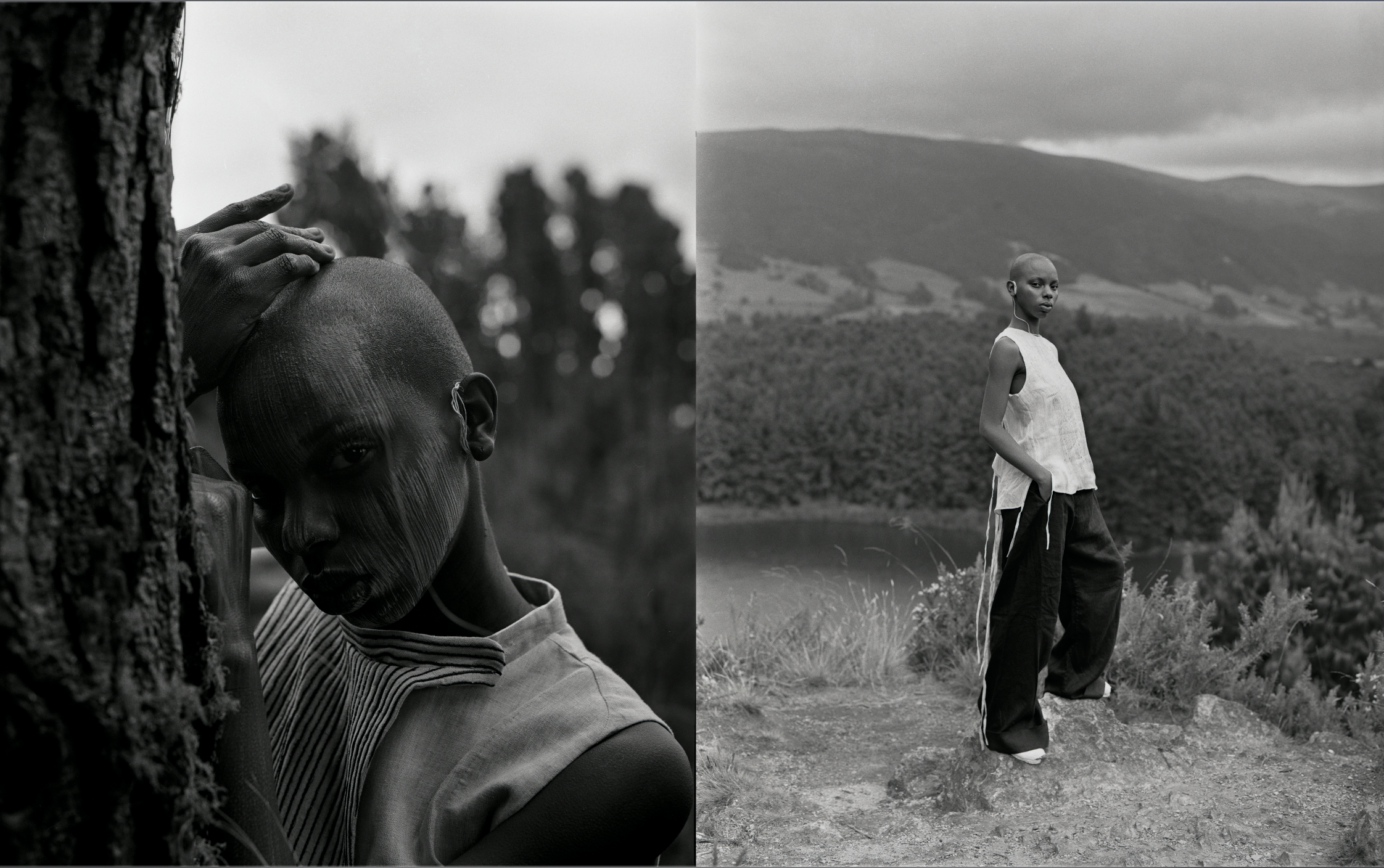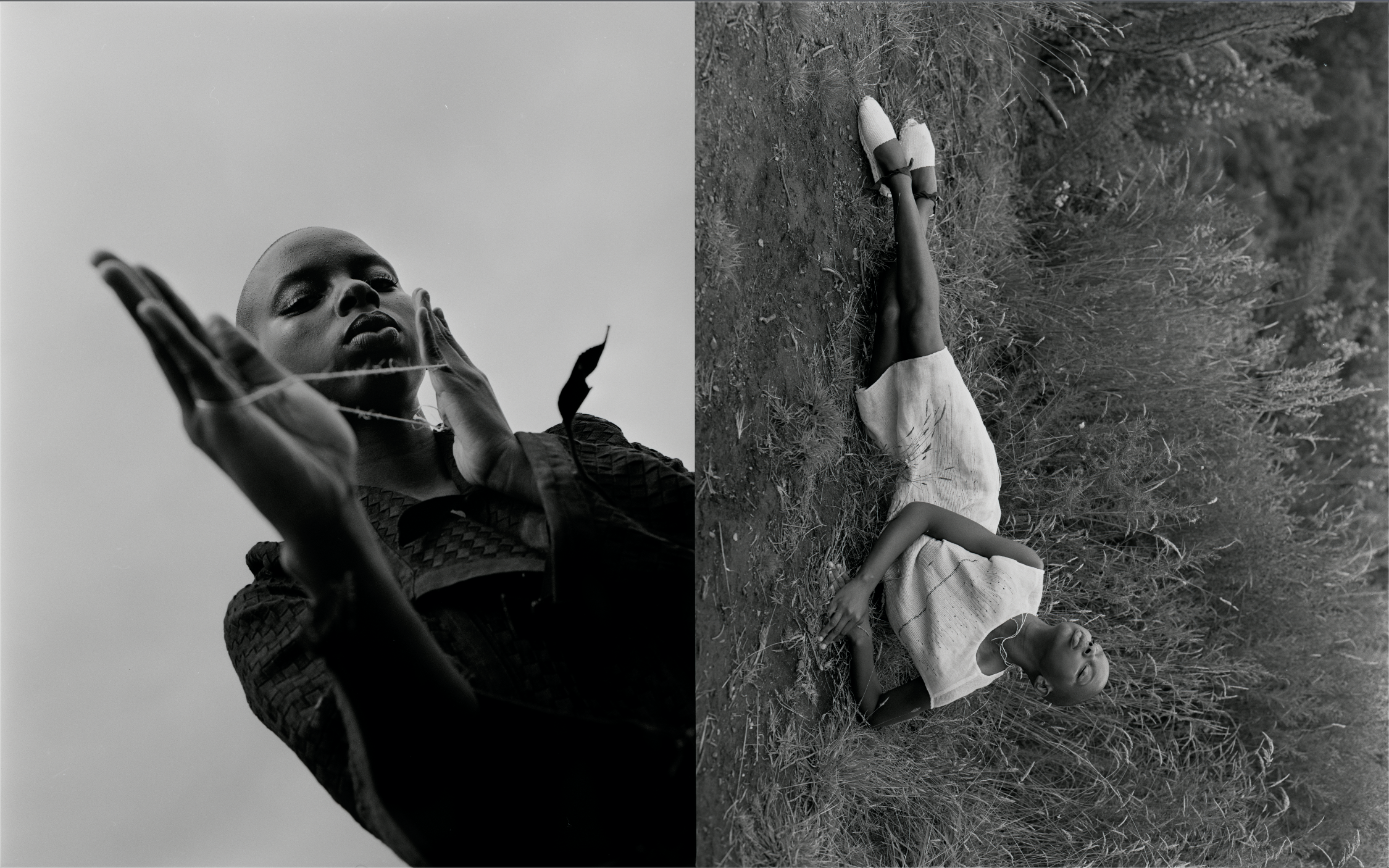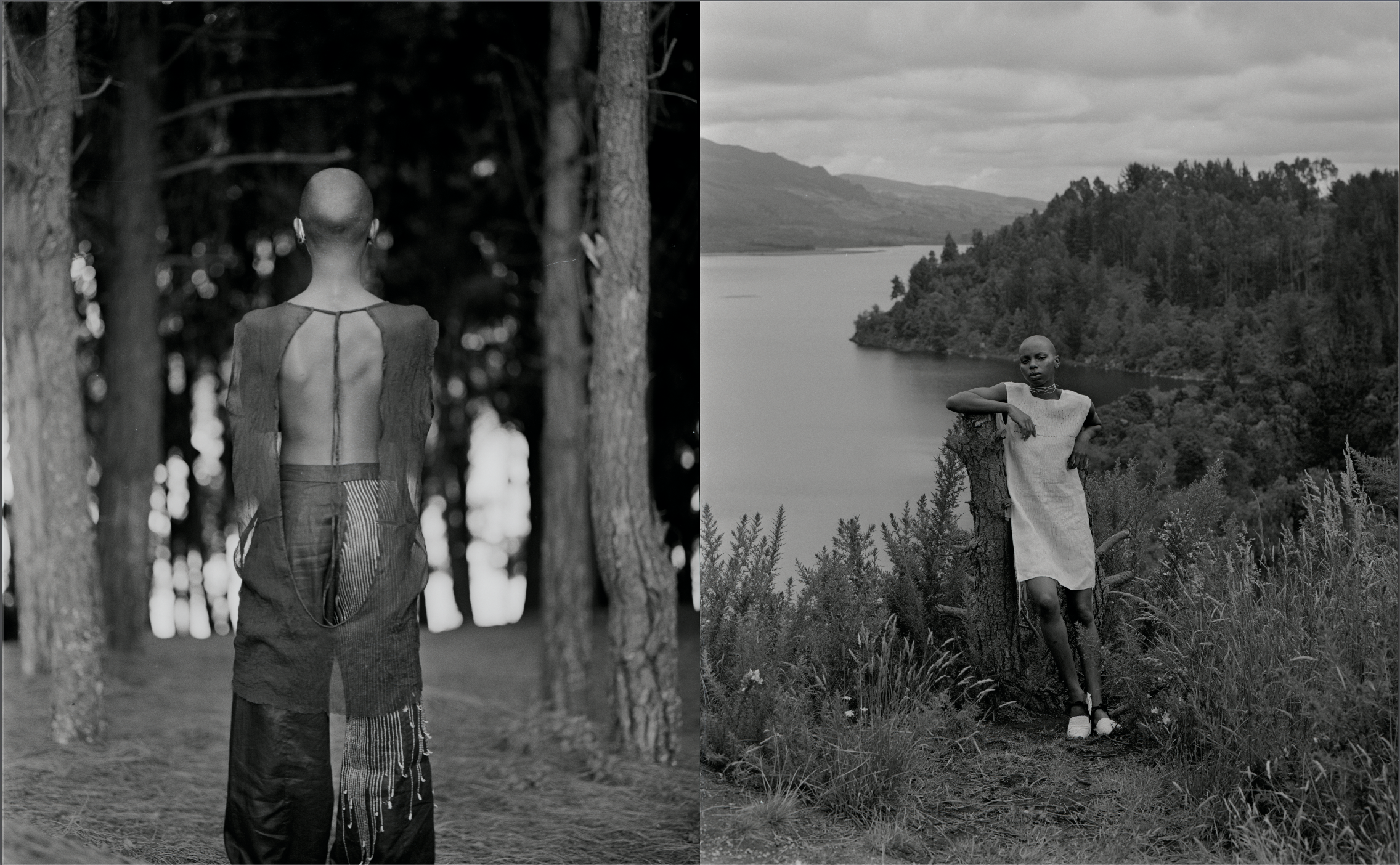Todo lo que no tejí, A New Cross Collection
“Normalising violence is brutal, it leads to validating this behaviour and looking the other way.
It can even sometimes become usual to the point of no questioning” Nicolas Rivero
Photography: Faber Franco, Styling: Francisca Ceballos, Hair & Makeup: Consu Tapias, Model: Lu Arv , Text: Adela Cardona
All the garments are from “ A New Cross”
There are those who think fashion is not political in the simple sense of the word, that it doesn’t have any impact in territorial or state links; but in fact it is, and in a Country like Colombia it is crucial for it to be. It's essential for fabrics to speak, for techniques to treasure stories from the hands who make them, for the narrative to not only be about conflict but also about resistance and reshaping.
This is what Nicolás Rivero creative director of “ A New Cross” does. He has taken several collections tracing lines through our land, travelling and listening to anecdotes from the routes of our villages. At this point, his devotion with craftsmanship and the local doesn’t depend on a collection, it’s a long term project. For example, he incorporated the development of woven textiles to the brands DNA for his past collection Sabana. This reemerged in his new collection “Todo lo que no tejí” in the shape of a typical Colombian Poncho made with Colombian virgin wool and Peruvian alpaca.
This time instead of La Sabana he materialised the territory where the guerrilla group “las FARC” arose, like La Chamba or Marquetalia. In these places times are slower and jobs have lived on despite displacements and violence that trace geographically in an insatiable Faustian way. We shouldn’t disregard the fact that there are places called “ The Hanged Man Stone”.
“One day we where in the Magdalena river with two fishermen - Nicolas says, talking about the Mohan and the legends. And one of them said that they had seen the Mohan, when on the other hand the other one said it was pure deceit. That his children already knew that the monster was real, it had boots, a chainsaw and a submachine gun”.
Children that will undeniably one day end up leaving to the city, to study or to ride a taxi, children that will never learn to create traditional pottery, work fique or basketwork. Their fingers will never sew the stories of their land.
And that's what Everything I Didn't Knit is about, that's what the silent oriental silhouettes speak of while holding fine threads of fique sewn one by one in a zigzag. Threads that give the illusion of Italian tailoring almost as if it was a pinstripe on a black background. But they are much more than that, they are a reflection of geographical memoirs.
“This collection emerged from understanding ourselves like the country we inhabit, as threads within a territory. On how to take it from both a micro and a macro perspective. A thread, for example, is not one single unit, it is made up of ends. A fiber of fique has twenty strands. And we internally have a thousand. We need internal repairing, for this it is essential to mend ourselves and be able to serve the territory that we all are” says Nicolas, talking about his process with Fique.
The needle lace technique also helped him create a metaphor for the soil, the country, the body. It can be seen in linen shirts he made with lines that create cities from the subtraction of the fiber. "Skylines are created to remove the fiber from its original territory, and transport it to a foreign reality", the designer tells us.
Lacing a garment is also time consuming, it is done thread by thread. That is why a garment like this not only speaks of forced displacement and abduction, but also of patience. Which is another of the key points in the collection.
There is patience in the practice of resisting the overwhelming and absurd cycles of global fashion. There is patience in the hands of the artisans that work a piece for months, with a technique that they learn throughout their lives. There is patience to understand that one collection per year is adequate and that the work of conceptualising and creating a piece is slow and intricate.
Nicolas’s case involved taking notes, field photos, drawing and co-creating. It also included epiphanies at three in the morning, after spending weeks talking and interacting with the people in that territory.
One of those lucid moments resulted in the way the collection should be presented. There had to be covered and dancing bodies to uncover them.
To represent the strangers who collect and bury inhabitants of a town familiar to oblivion.
Another one of those epiphanies was to give artisan pottery the shape of triangular buttons and to use basketwork as garments, pressing the stripes one by one and sewing them to shape a kimono.
Always re-weaving or in the case of fique and openwork, unweaving geographies on the bodies. As do the people whose stories have been stolen but who in a titanic act of resilience, have not allowed it to die.









